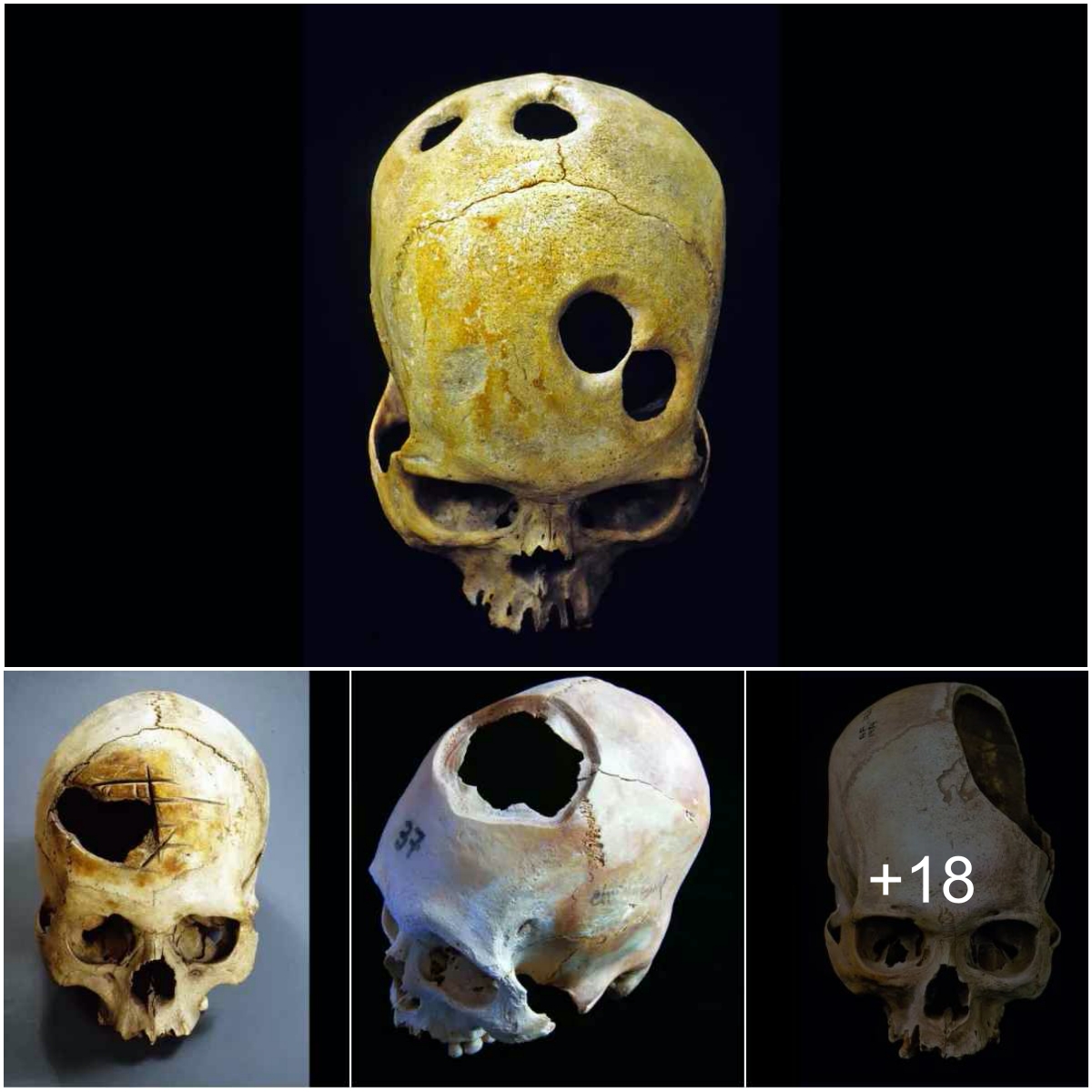
The unicorn is a legendary creature that has been described since ancient times as a beast with a single large, pointed, spiral horn projecting from its forehead. The unicorn was depicted on ancient seals from the Indus Valley Civilization and was mentioned by the ancient Greeks in natural history accounts. The Bible also describes an animal, the re’em, which some versions translate as a unicorn.

Unicorns have long been associated with Scottish history and are one of their national animals. The royal coat of arms of the United Kingdom features a Unicorn in reference to this.
There has been speculation as to why this animal features so widely in Scottish history (Why is the unicorn the national animal of Scotland), although no actual conclusive evidence or records exist.
Remains of other unicorn species (Siberian unicorn) have recently been reported, and this has led to speculation that unicorns became extinct much less time ago than previously thought.





